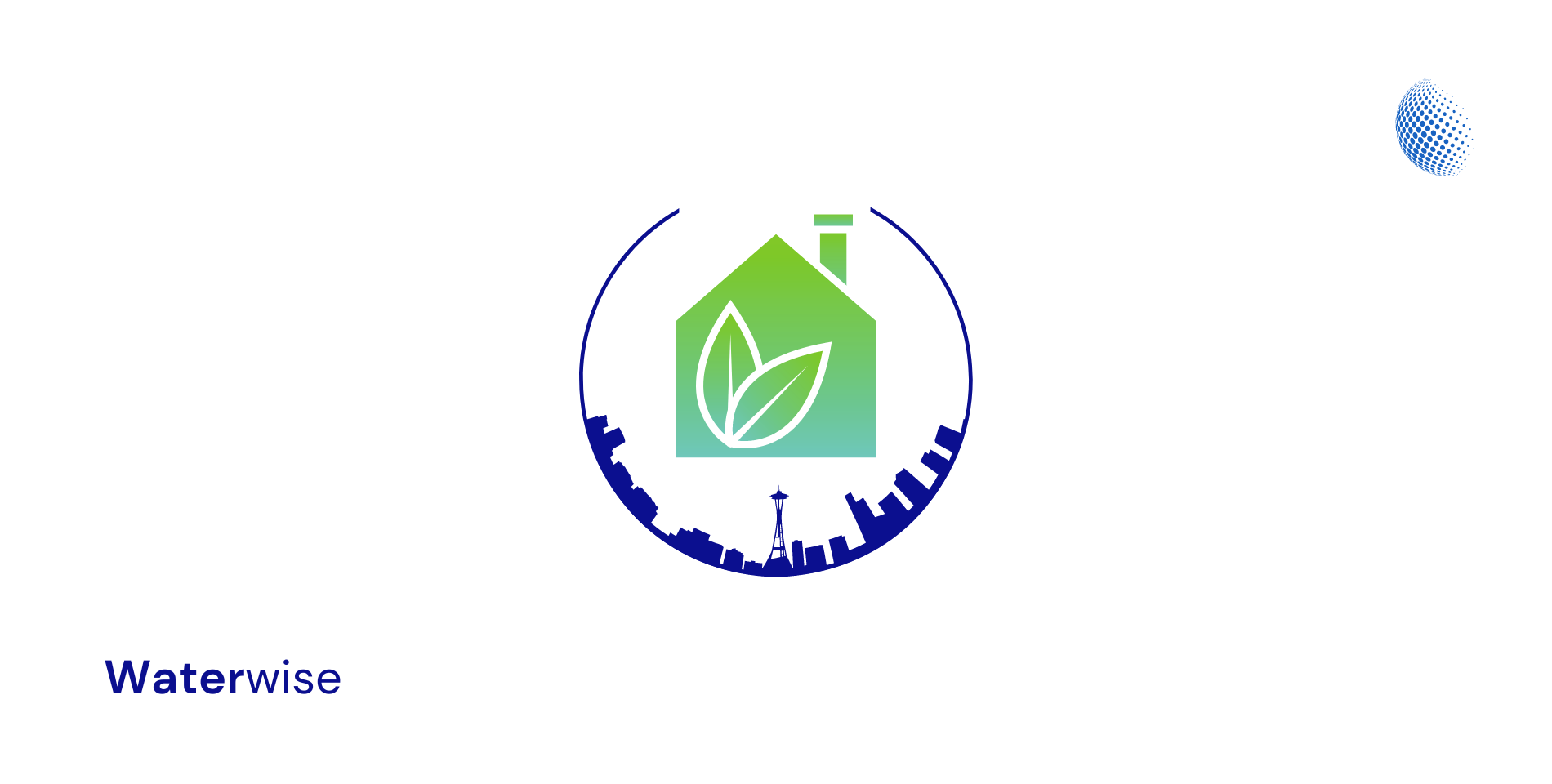Seattle, the Emerald City, is living up to its nickname by embracing a vibrant shade of green in its approach to water management. Known for its lush landscapes and frequent rain, Seattle has turned its natural assets into an opportunity for innovation. Through green infrastructure initiatives, including green roofs and rain gardens, the city is pioneering an eco-friendly approach to water management that is both sustainable and aesthetically pleasing.
Let’s explore how Seattle’s green initiatives are shaping a new paradigm for urban water management.
Embracing the Rain: Seattle’s Green Vision
Seattle’s relationship with rain is a defining feature of its identity.
The city’s commitment to harnessing rain in a sustainable way reflects a broader vision for environmental stewardship.
A City in Harmony with Nature
Seattle’s green infrastructure is designed to work in harmony with nature, mimicking natural processes to manage stormwater and enhance urban ecology.
Policy and Planning
The city’s policies and planning efforts have prioritized green infrastructure, providing guidelines, incentives, and support for eco-friendly water management practices.
Green Roofs: Gardens in the Sky
Green roofs are a cornerstone of Seattle’s green infrastructure strategy, transforming rooftops into thriving gardens.
Benefits and Features
Green roofs absorb rainwater, reduce runoff, insulate buildings, and create habitats for wildlife. They also add aesthetic value, turning barren rooftops into lush landscapes.
Case Studies and Success Stories
Several buildings in Seattle, both residential and commercial, have adopted green roofs, showcasing the potential and versatility of this innovative approach.
Rain Gardens: Nature’s Stormwater Filters
Rain gardens are another key component of Seattle’s green water management.
These carefully designed landscapes capture and filter stormwater.
Design and Functionality
Rain gardens are engineered to collect rainwater, allowing it to percolate into the ground slowly. They are planted with native vegetation that thrives in wet conditions.
Community Involvement
Rain garden projects often involve community participation, fostering a sense of ownership and connection to the local environment.
Challenges and Opportunities
While Seattle’s green infrastructure initiatives are promising, they also present challenges and opportunities for growth and refinement.
Technical Challenges
Designing and maintaining green roofs and rain gardens require specialized knowledge and care. Ongoing research and development are essential for continued success.
Opportunities for Expansion
The potential for expanding green infrastructure across the city offers exciting opportunities for enhancing sustainability, resilience, and urban aesthetics.
Conclusion: A Sustainable Future
Seattle’s embrace of green roofs and rain gardens is more than a trend; it’s a reflection of a city committed to sustainability, innovation, and beauty. By integrating nature into the urban fabric, Seattle is redefining what it means to be a green city.
The gentle patter of rain on a green roof, the vibrant colors of a rain garden in bloom, these are not just pleasing sights and sounds; they are symbols of a city in tune with its environment. They are reminders that even in the heart of a bustling metropolis, nature has a place, a role, a voice.
Seattle’s eco-friendly approach to water management is a lesson in creativity, collaboration, and courage.
It’s a story that inspires us to see rain not as a nuisance but as a gift, a resource to be cherished, a life force to be harnessed. It’s a story that invites us to imagine a world where cities are not just concrete and steel but living, breathing landscapes, where water flows not just through pipes but through gardens, roofs, and hearts.

